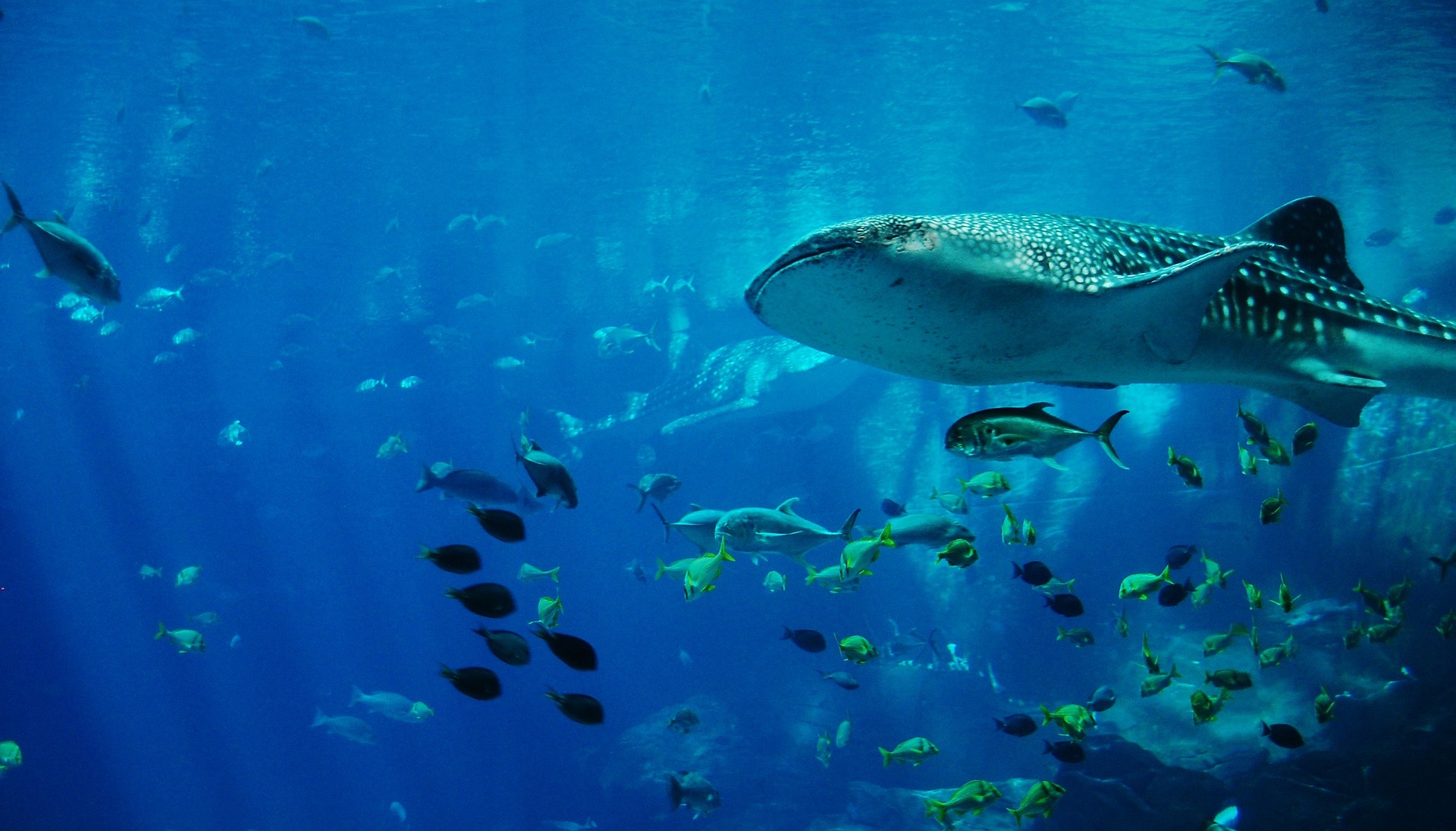Blue whales, the largest animals on earth, ingest around ten million microplastics daily with their food. According to a study published on Tuesday, marine mammals thus “eat” up to 43.6 kilograms of microplastics per day.
This estimate was arrived at by U.S. experts who studied microplastic data and the feeding behavior of blue, humpback, and other baleen whales off the coast of California. These whales filter feed from the water. The study appeared in the journal Nature Communications.
In the prey
Microplastics are plastic particles smaller than five millimeters. The concentration of the tiny plastic particles, which can come from car tires, synthetic clothing, and packaging material, is exceptionally high in a water depth of 50 to 250 meters. Of all places, the baleen whales mainly searched for food at this depth. According to U.S. experts, the ocean giants ingested almost all plastic particles indirectly through their contaminated prey, such as krill or small fish.
Based on estimates and mathematical models, the study relied on observations of 191 tagged baleen whales from 2010 to 2019 in areas along the California coast, including Monterey Bay and the Channel Islands. Blue whales, which can grow more than 30 meters long and weigh nearly 200 tons, could ingest an estimated ten million microplastics a day, according to the study. In contrast, the smaller humpbacks, about 15 meters long, could eat up to four million particles.
- source: orf.at/picture: Bild von Domingo Trejo auf Pixabay
This post has already been read 1368 times!



